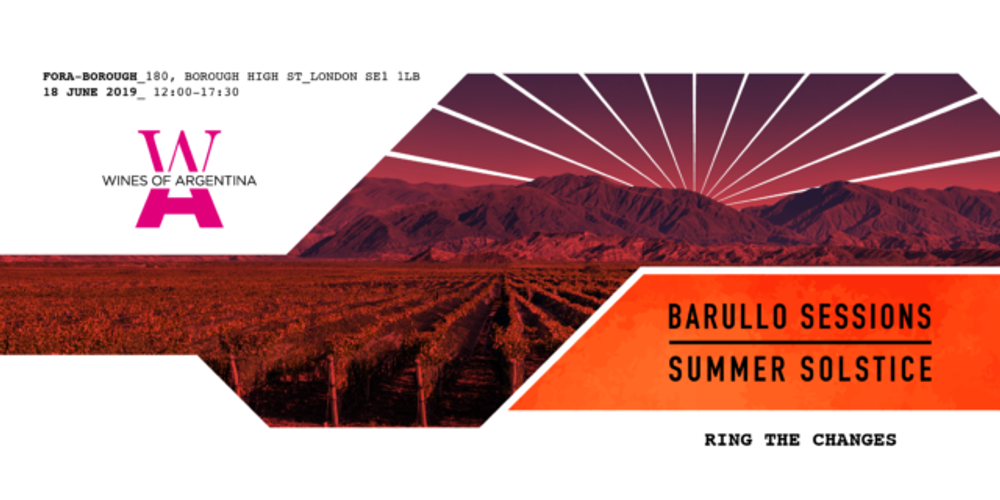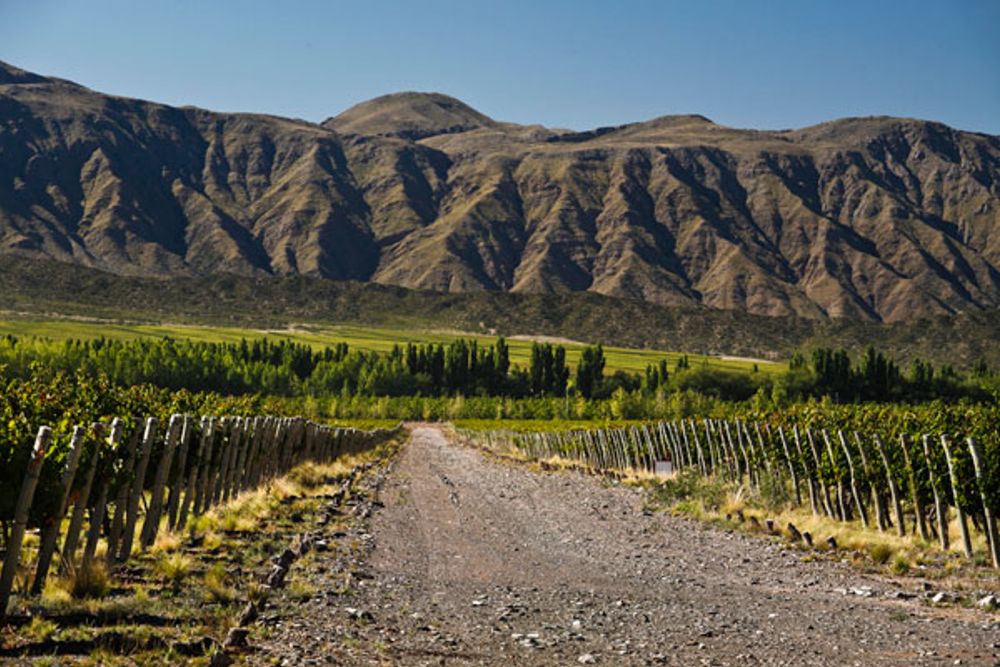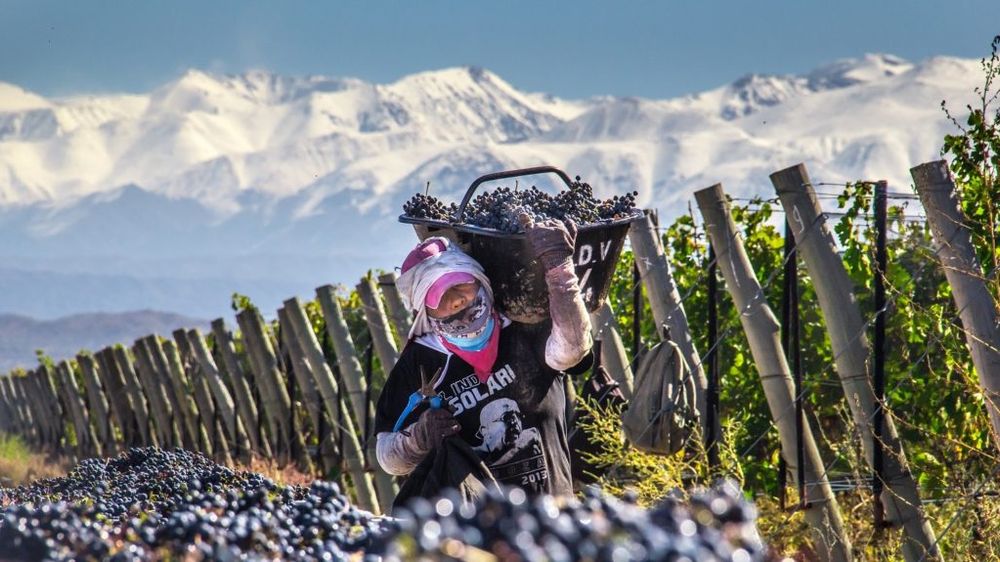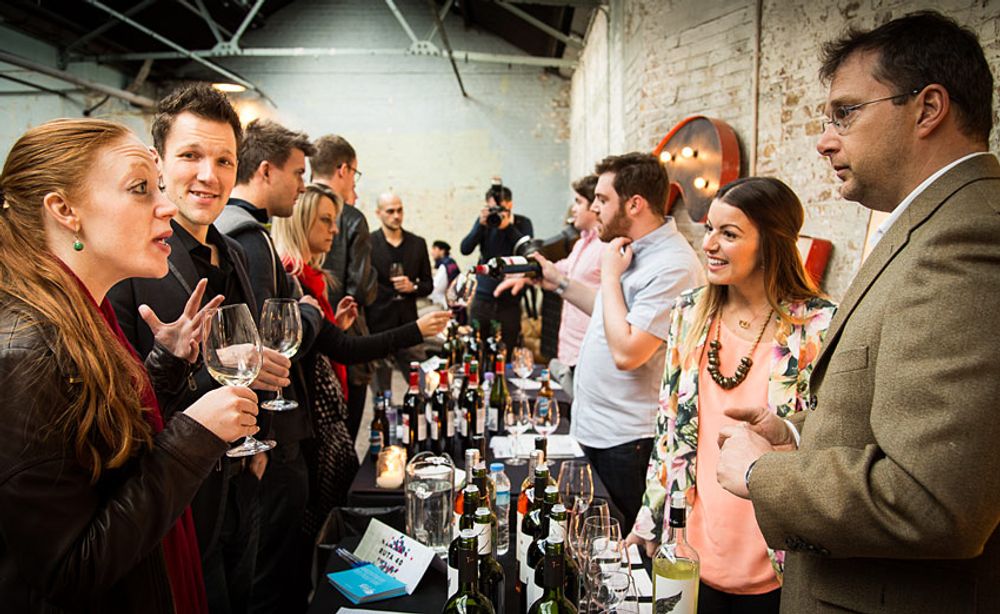OK, technically it might be a little early for the actual Summer Solstice (that happens on June 22), but it’s a good excuse for Wines of Argentina to host its latest Barullo Session all around promoting its fresher, lighter wines idea for the hot months ahead.
Tell us about your Solstice Tasting next month?

It’s about changing perceptions about white, rosé and sparkling wines from Argentina. We think some of the great innovations and improvements in winemaking in Argentina have been in this category.
Is this an opportunity to emphasis the fact that Argentina can make fresh, refreshing styles?
Absolutely. The trend for picking earlier, a more natural and hands off approach to red wines, as we have seen over the years, has made it through to lighter, fresher white wines, lighter rose and fresh sparkling wines.
Argentina has a wealth of white grape varieties: Old vine Sémillon, Uco Valley Chardonnay, Viognier, Sauvignon Blanc, Pinot Gris, and old varietal Pedro Ximénez and Muscat being reborn as alternatives to the usual line up of international varietals. And of course, the wonderful Torrontés.
It is also making increasingly light, airy and fresh rosé, being made from Malbec, Pinot Noir and Cabernet Franc, to name a few, with the popularity of Malbec pushing the category along when the sun shines.
Sparkling wines have long been a major part of the wine industry, with most wineries offering great quality traditional method styles, from entry level to serious vintage brut and extra brut styles.
Has this involved a change in winemaking or a different emphasis from producers about how they make their wine?
I think the emphasis is now on Argentina. There is a renewed confidence in their own soils and climate, where there has been a lot of research, resulting in wines that have their own identity, rather than international styles.
Which regions of Argentina are best suited to making rosés and these styles of wine?

The Pedernal valley is starting to make the fresher wines that the market is looking for
The cooler climates, most certainly. Higher altitude vineyard sites, such as in the Uco Valley in Mendoza, new regions in San Juan, Perdernal comes to mind, and the move to the Atlantic Ocean and central Patagonia. Many of the rosés come from the traditional areas, but are not bleeds, as bleeding red wine’s is less commonplace as it was a few years ago. The cooler areas are a certainty for sparkling wines.
What has been the trade response to these kind of wines?
We see Argentina’s emblematic white grape, Torrontés gaining more traction, but it is still a hand sell. I think the trade likes this grape, but we still have a lot of work to so. The Criolla varietals like Torrontés, Muscatel and Pedro Giminez could gain favour in their uniqueness and price point, but Chardonnay and Semillón have fantastic quality.
How is Argentina doing overall and how was the 2018 vintage?
Argentina continues to do very well. 2018 was a great vintage, similar to 2013. Yields were back to normal, and quality was perhaps the best I have tasted yet. It was dry and cool, with great thermal amplitude. Let’s not forget that winemaking is undergoing a quiet revolution in Argentina, and this vintage exemplifies this better than any other I have experienced.

Argentiina enjoyed a good 2018 harvest was much needed after volumes were low from previous years
What impact did that have on export prices for different grape varieties?
Well, there is more available, so I predict that prices will remain very stable. The industry has always taken the long view in terms of pricing, so producers have absorbed lower prices in recent years where there has been lower yields, so Argentina needs 2018. Malbec is the driver for exports to the UK, but other varietals hold steady. At the lower end of the price spectrum, I think Bonarda has huge potential for volume, whilst Malbec, Cabernet Franc and Cabernet Sauvignon continue the upward premium end of the market. There is evidence that the consumer in the UK is trading up in terms of quality and price from Argentina.
What are the most important export markets?
The US remains the biggest, with the UK currently second followed by Canada and Brazil. Asia is growing, and we are working hard in Scandinavia and the rest of Europe. The rest of Latin America is also in big growth. Russia, Spain and France are also growing very well.
What are the new fastest growing exports and why?
Malbec leads the way, especially into new markets. But Cabernet Franc and Cabernet Sauvignon are growing, along with Syrah and blends in more mature markets such as the US and the UK. White blends are gaining traction too, but they have yet to bring significant volumes.
What sort of wines are those markets looking for?
Value for money at the mid to premium end, which is very comfortable for Argentina. I think they are looking on capitalising on the popularity of Malbec, but also looking for other varietals that can sit alongside Malbec in terms of quality and price.

Wines of Argentina’s series of smaller Barullo Sessions look to explore different aspects of what the country is now able to produce
How do you see the UK market now?
It’s a lot more competitive, and so has more challenges. We continue to grow steadily in the UK, but realistically we cannot keep the pace of growth that we have enjoyed over the last few years. The market is maturing for Argentina in the UK, and so I expect that we will see more premium wines gaining traction in the market.
What are the main opportunities and challenges for Argentina?
New varietals, new styles and more emphasis on regionality are key to Argentina’s growth. This is our challenge, and I can see that this will be the focus for a long time to come. But I am confident that we will continue to inspire confidence in the market and continue to educate around regionality. The world clearly loves Malbec, now we need the world to love the regions of Argentina.
What is happening at the Summer Solstice tasting? Any masterclasses/seminars?
The format is walk around tasting. We will also hold some informal seminars during the course of the day.
- If you would like to find out more or register for Wines of Argentina’s latest Barullo Session: The Summer Solstice Tasting that takes place on June 18, Fora – Borough, 180 Borough High Street, London, SE1 1LB between 12pm and 5.30pm then click here and use the password Summer to enter.































